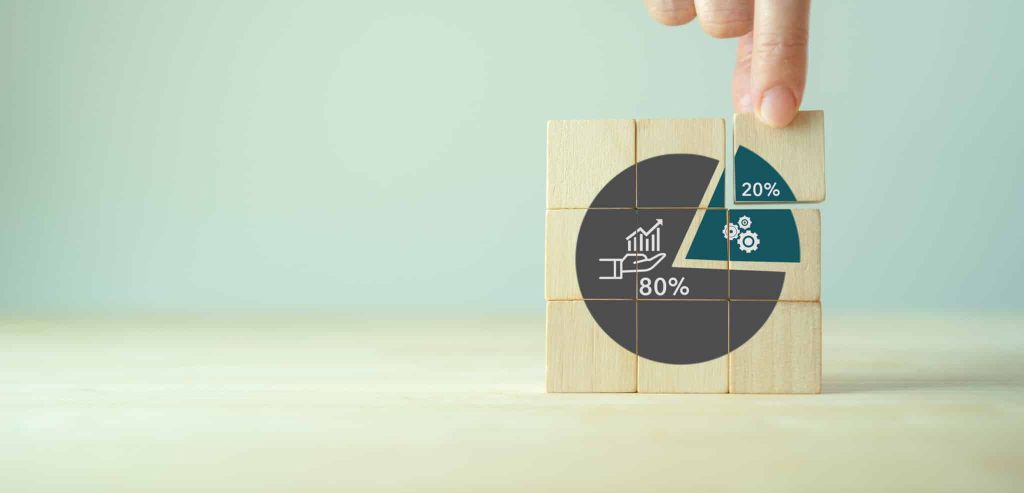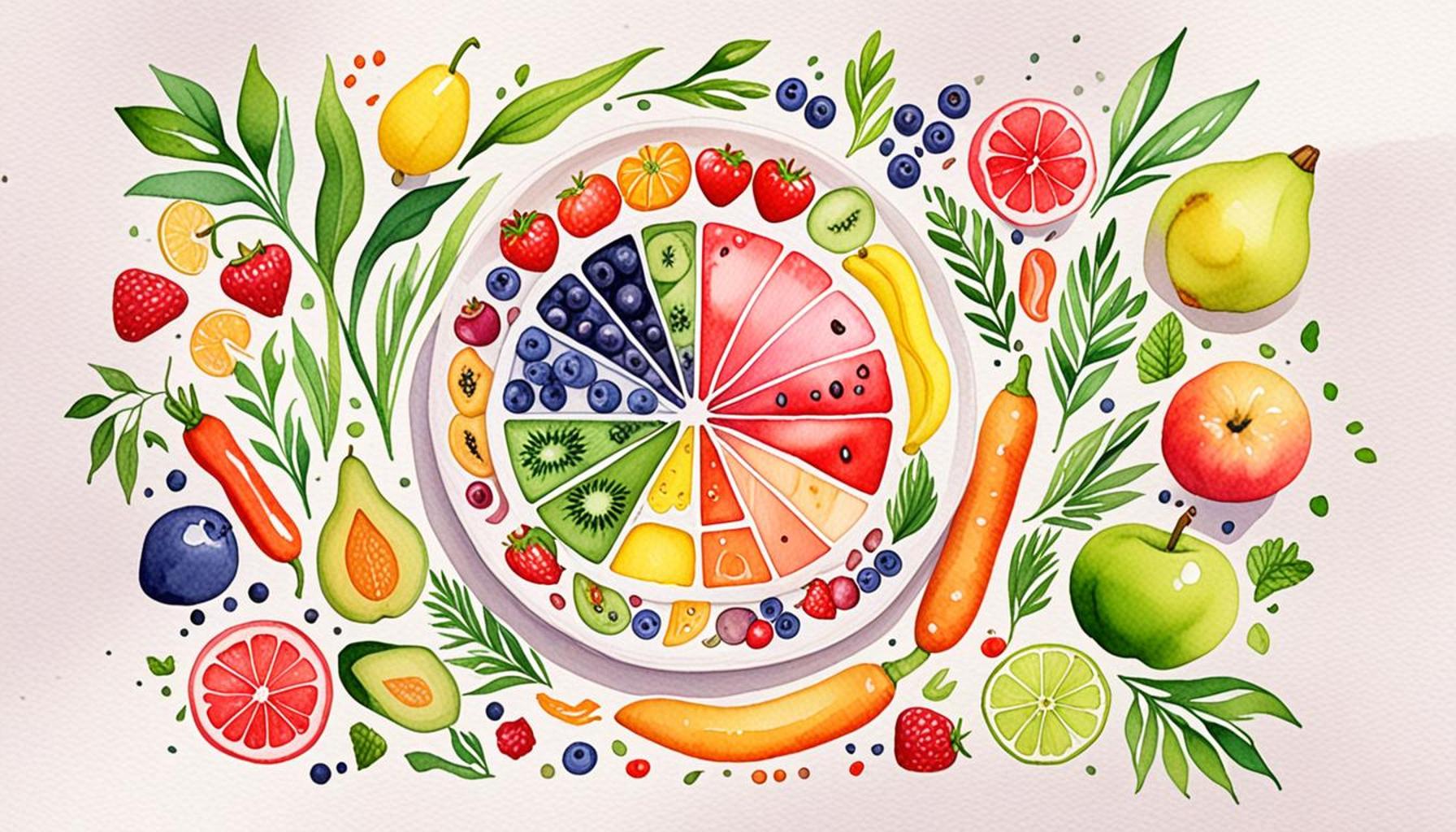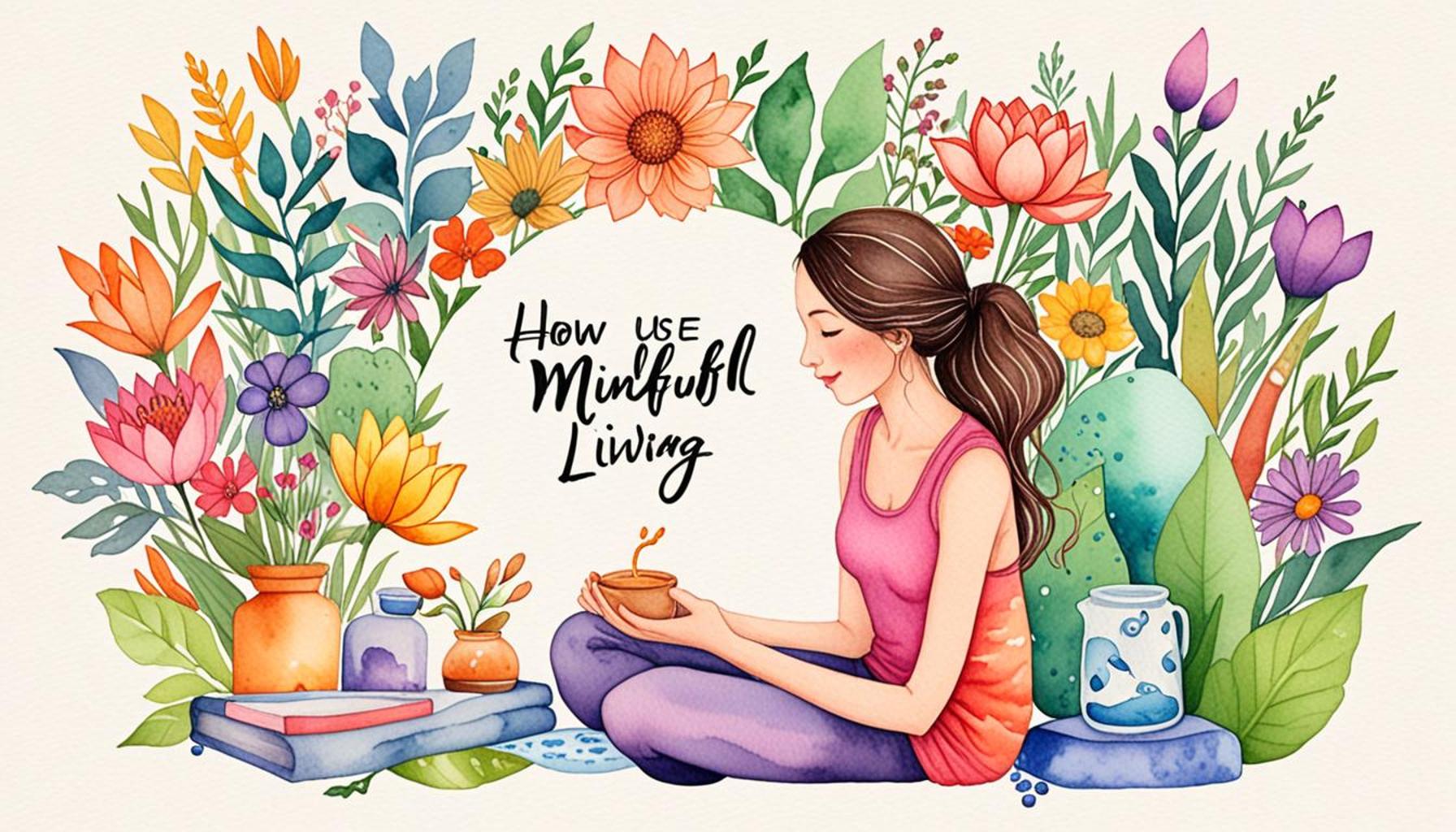Unlock Decluttering Success Apply the 8020 Method Effectively

In a world overwhelmed by consumerism, the quest for minimalism has gained remarkable traction. Many people find themselves surrounded by possessions that no longer serve a purpose, leading to physical and emotional clutter. The 80/20 rule, or Pareto Principle, provides a practical approach to decluttering by focusing on the 20% of items that yield 80% of the benefits in our lives.
Understanding how to implement this method can transform your space and enhance your well-being. By prioritizing the essentials, you can streamline your environment and create a sanctuary that promotes clarity and peace. In this article, we will explore:
- What the 80/20 rule entails
- How it relates to decluttering and minimalism
- The benefits of applying this method
- Common pitfalls to avoid
- Top 5 strategies for effective decluttering
Prepare to discover how the 80/20 method can revolutionize your approach to organizing your space and your life.
CHECK OUT: Click here to explore more
Top 5: How to Use the 80/20 Method in Decluttering Strategies
Decluttering is a process that involves removing unnecessary items from our lives, often leaving people feeling overwhelmed. Thankfully, there’s an efficient strategy to help streamline this process: the 80/20 rule, also known as the Pareto Principle. It suggests that 80% of results come from 20% of efforts. By applying this principle to decluttering, you can focus on what truly matters and organize your living space effectively. Below are the top five strategies to leverage the 80/20 rule in your decluttering journey.

5. Prioritize Your Items
The first step in applying the 80/20 rule is identifying which of your belongings provide the most value. The goal here is to focus on the 20% of items that significantly enhance your life, both practically and emotionally. Start by classifying your possessions into three categories: keep, donate/sell, and throw away. Consider asking yourself these questions:
- Have I used this item in the last year?
- Does this item bring me joy or have sentimental value?
- Is this item functional, or is it just decorative?
These questions help you assess the true value of your possessions. By prioritizing items based on their importance and usage frequency, you can declutter more effectively. This method helps reduce unnecessary clutter while allowing you to maintain items that add happiness and utility to your life.
4. Focus on High-Impact Areas
The next step is to concentrate decluttering efforts on high-impact areas. According to the 80/20 rule, a small amount of focused action can lead to substantial results. Begin by targeting spaces in your home that accumulate the most clutter or have the greatest impact on your daily life, such as:
- Kitchen counters
- Bedroom closets
- Living room spaces
These areas often serve as focal points in a home and are used frequently, so a little organization here can create a big transformation. By tackling such zones, you achieve immediate results, which can be a strong motivator. A visually tidy and functional space encourages further decluttering efforts and can significantly enhance your daily quality of life.
3. Set Time Limits for Decluttering Sessions
Establishing time limits for decluttering sessions can greatly benefit from the 80/20 rule. Rather than diving into hours-long, exhaustive organization marathons, focus on shorter, more concentrated efforts. Set a timer for 15 or 30 minutes and challenge yourself to clear a specific area by removing at least 20% of its contents.
This method not only boosts productivity but helps prevent overwhelm by dividing the decluttering process into manageable chunks. These short, focused sessions can yield substantial results and build momentum over time. By making this part of a regular routine, you can gradually transform your space without the task becoming daunting.
2. Regular Re-Evaluation of Items
The 80/20 principle is not a one-time strategy; it benefits from continual application. Regularly re-evaluating your possessions is essential for maintaining a decluttered environment. Set a schedule to reassess your belongings every few months, which will help prevent the accumulation of unnecessary items.
During these sessions, reflect on the impact of your possessions on your daily living. Ask yourself if each item continues to serve a useful purpose or bring joy. Items that no longer meet these criteria are likely candidates to be let go. This proactive approach helps cultivate an environment where clutter is minimized consistently, allowing you to focus on what truly matters over time.
1. Embrace a Minimalist Mindset
The most profound application of the 80/20 rule in decluttering is adopting a minimalist mindset. This transcends the physical act of removing clutter and embraces a holistic lifestyle approach. By prioritizing quality over quantity, you begin to view your belongings differently.
Embracing minimalism encourages you to naturally gravitate towards the 20% of possessions that contribute most to your life. When considering new purchases, ask if they align with your minimalist values. Are they necessary, or do they merely add to the clutter? This mindset shift promotes a living space free from excess, encouraging a clearer, happier mind.
In conclusion, applying the 80/20 rule to decluttering offers a game-changing strategy. By prioritizing valuable items, focusing on impactful areas, setting time limits, regularly reevaluating possessions, and embracing a minimalist mindset, you can transform your environment thoroughly and sustainably. This strategic approach simplifies your life, enriches your living space, and ultimately leads to greater clarity and happiness.
| Category | Details |
|---|---|
| Identifying Essentials | By focusing on the top 20% of items that yield 80% of your satisfaction, you can quickly pinpoint what is truly necessary, reducing clutter in a meaningful way. |
| Efficient Decision-Making | Applying the 80/20 rule facilitates quicker decision-making as you concentrate on items that contribute most to your lifestyle while effortlessly letting go of the rest. |
| Enhanced Focus on Quality | This method encourages a shift towards higher quality items; when decluttering, you realize the importance of valuing fewer, but more meaningful belongings. |
| Mental Clarity | Reducing unnecessary items leads to better mental clarity and allows space for creativity and productivity to flourish in an organized environment. |
SEE ALSO: Click here to read another article
Frequently Asked Questions About Using the 80/20 Method in Decluttering Strategies
What is the 80/20 method and how does it apply to decluttering?
The 80/20 method, also known as the Pareto Principle, suggests that roughly 80% of outcomes come from 20% of causes. In decluttering, this means that 20% of your possessions are likely used 80% of the time. By identifying and focusing on these essential items, you can simplify your space more efficiently.
How can I determine which items make up the 20% I actually use?
Start by observing your daily and weekly routines to identify the items you frequently reach for. Consider keeping a list or taking photos of these items over a week. This approach might reveal that the majority of your routine relies on a minimal selection of belongings, which should inform your decluttering process.
What are the benefits of applying the 80/20 rule in decluttering?
Applying the 80/20 rule can significantly reduce clutter, allowing you to focus on what truly adds value to your life. It prioritizes efficiency and functionality by helping you identify and keep only the most useful and loved items. This can lead to a more organized, less stressful environment, ultimately saving time and energy spent on maintaining unused items.
Is the 80/20 method effective for everyone?
While the 80/20 method offers a compelling framework for many, it may not suit everyone equally. People with sentimental attachments or unique lifestyle needs may find it challenging to pare down belongings drastically. It’s important to adapt the method to fit your personal circumstances and values, experimenting with different approaches to see what works best for you.
Can the 80/20 principle be applied to other areas of life beyond decluttering?
Absolutely! The 80/20 principle is versatile and can be applied across multiple areas including time management, productivity, and even personal relationships. It encourages a focus on the most impactful aspects of any area, helping you maximize effectiveness and outcome with less effort.
RECOMMENDED: Check out this similar article
Conclusion: Maximizing Minimalism with the 80/20 Principle
In the journey towards a more minimalist lifestyle, applying the 80/20 principle, or the Pareto Principle, offers a strategic approach to decluttering that can be both empowering and transformative. It emphasizes the idea that 20% of our belongings are used 80% of the time, guiding us to focus on what truly adds value to our lives and eliminating the excess that contributes to clutter.
Through a strategic selection of belongings, individuals can significantly reduce the time and effort spent on organization and cleaning, creating more space—both physically and mentally—for what really matters. By identifying the 20% that brings the most joy or utility, one can streamline their environment, promoting a sense of peace and clarity.
This methodology not only aids in improving our living spaces but also fosters a greater understanding and appreciation of minimalism as a whole. Embracing this approach allows for increased productivity and satisfaction, as the focus shifts towards the meaningful items that support our everyday life and well-being.
Moreover, the 80/20 rule encourages reflection on consumption patterns, addressing the ongoing cycle of acquisition and disposal. This can lead to a more sustainable lifestyle, reducing waste and promoting mindful consumption.
In summary, the 80/20 method serves as an effective tool in any decluttering strategy, playing a crucial role in the pursuit of simplicity and intentional living. By prioritizing what truly matters, we open doors to a more fulfilling and balanced life, bringing us closer to the core principles of minimalism. As we dive deeper into these strategies, we not only refine our spaces but also our mindsets, paving the way for continual personal growth and self-discovery.


